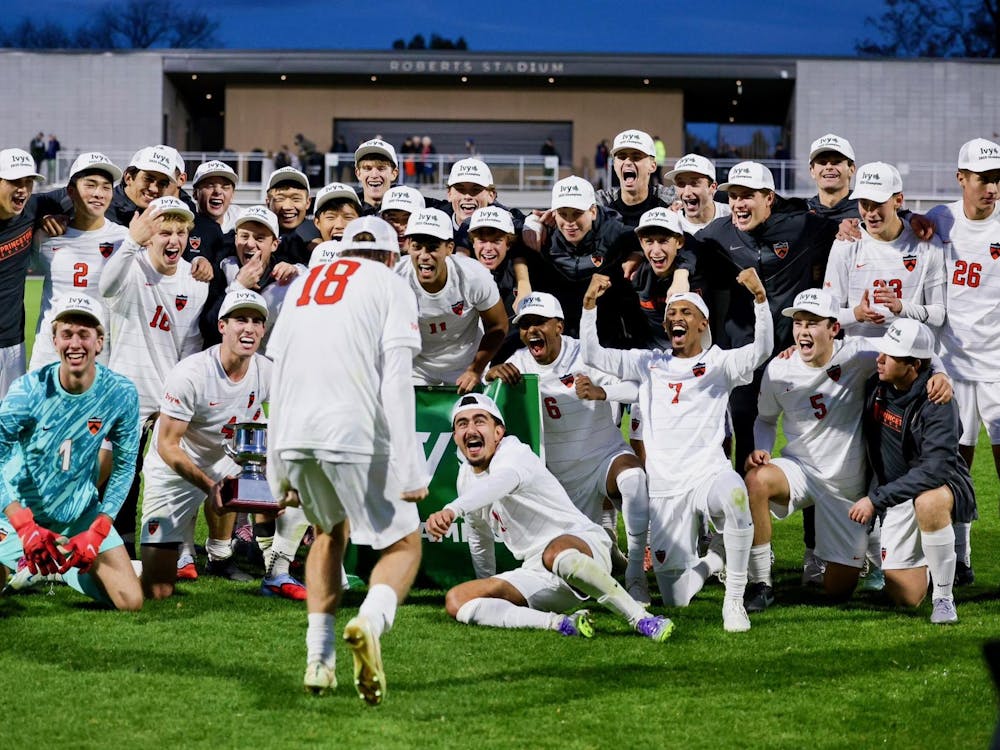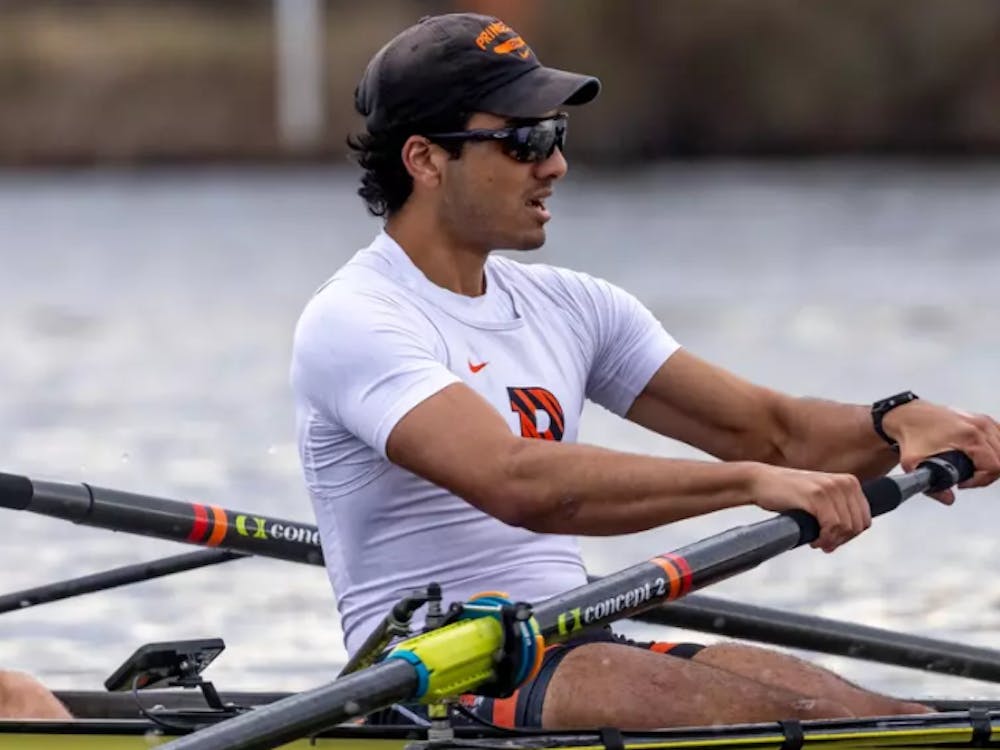Perched above a sheer precipice with oblivion a vertical mile below, I asked myself the alpinists’ eternal question: “What the hell am I doing here?” A few minutes later, the rope connecting me to my partner, Brenton, went taut, signaling for me to start climbing. I was at the lower reaches of Middle Teton mountain’s Northwest Couloir, a 1,000-foot-tall chute filled with ice and snow in Wyoming’s Grand Teton National Park. Brenton was a couple hundred feet above waiting for me to follow.
I picked up my ice tools, a murderous-looking pair of short ice axes, and plunged them into the near-vertical ice above me, then kicked with my feet to dig in the front points of the claw-like crampons attached to my boots. The chasm underneath beckoned at me, but I tried to ignore it and concentrate on the business of climbing. Swing by swing, I inched my way up the mountain.
Less than a year ago, I had never gone camping before, and I certainly wasn’t wont to go risking my neck in the mountains. As I was stuck in Princeton during my first summer in grad school, however, the dull existence made my mind wander off. And what could be further from my windowless basement office than the lofty peaks of the world’s great mountain ranges? Thus started my climbing career.
I duly set about building the skills a budding mountaineer would need. I learned to backpack in the Catskills and started frequenting the local climbing wall. These activities were squeezed into my schedule where I could, at times with foolhardy alacrity: My second-ever backpacking trip involved trudging through the howling snow and wind of the Adirondack Mountains in January, while my first outdoor climbing experience involved flailing up frozen waterfalls.
After passing general exams in May, I scraped together some money from my meager grad student stipend and disappeared for three weeks to take a climbing course in Washington. In the interminable rain and snow of the Cascade Mountains, I learned technical mountaineering skills the hard way. Immediately after the course, I climbed Mt. Rainier, where my bad-weather karma of the previous weeks dissipated, and my team summited the 14,410-foot volcano under a glorious blue sky.
After this trip, I wanted to do another climb before summer ended, but I needed climbing partners. Princeton isn’t teeming with scruffy types willing to spend their vacations suffering in the mountains, and I certainly couldn’t afford guided climbs since I had cleaned myself out to pay for the climbing course. So I turned to the internet.
I made plans to climb in the Teton range with a guy called Brenton from Salt Lake City in the climbing version of an internet blind date, though blind dates don’t (usually) involve life and death. When we met to do the climb, I was intimidated to learn that he is a former ultra-long-distance runner who now goes climbing in the Tetons every weekend. Not the epitome of fitness in the first place, I was also recovering from a virus that had made me cough like a three-pack-a-day smoker.
We were to hike 5,000 vertical feet to establish high camp and then spend the next few days climbing the surrounding peaks. Addled by jetlag and virus, I could feel the weight of my 50-pound backpack as we started hiking. Halfway up, my thighs began to cramp, making me hobble like an invalid while Brenton patiently waited for me.
After nine painful hours, we arrived at high camp just as storm clouds rolled in. It was a sleepless night as wind-lashed rain pounded against our tent. The next day, the weather was still menacing enough to keep us in camp, where we were intermittently pelted by rain and hail. The sky finally cleared up on the third day, which was when I found myself hacking my way up Middle Teton.
Roped to Brenton somewhere above, I was having great fun with the climb. But then I started to worry. We were “simul-climbing,” in which two climbers move simultaneously with a length of rope connecting them. The leader is supposed to periodically place pieces of protection such as solid metal nuts or spring-loaded devices jammed into cracks in the rock or ice screws in ice. The rope is then clipped into the protection, and the follower “cleans,” or removes, the pieces as he climbs past. A hundred feet up the couloir, I was beginning to wonder why there was nothing to clean when I reached a nut the size of my pinky nail jammed into some rotten rock at the side of the couloir. If one of us fell, the connecting rope would have yanked the other guy off. The weight and lives of two falling climbers would depend fully on that lousy little nut. As I cleaned the nut, I made a mental note: Do not fall.
After a couple hours of climbing with woefully few pieces of protection to clean, I finally reached the top of the couloir, where Brenton was waiting. As our eyes met, he said, “I knew you were not going to fall, and you knew that as well.” A short scramble later, we stood on the summit of Middle Teton at 12,804 feet above sea level. The plains of Idaho and Wyoming stretched for hundreds of miles around us, while Grand Teton — the tallest peak in the range — loomed just to the north. As we took this in, we noticed a helicopter buzzing around below us.
We descended via a less steep face of the mountain, taking four hours to pick our way across endless boulder fields left behind by receding glaciers. By the time we got back to the car at midnight, my lower body was numb from exertion, and I couldn’t walk properly for days.

A couple of days after returning to Princeton, I began planning my next climbing trip. Sifting through climbing websites, I learned that the helicopter I saw was helping retrieve the body of a climber who had plunged 600 feet to his death on neighboring South Teton mountain.
I had turned to climbing out of boredom, but I now realize that it has become a way to take control of my own life in a literal sense, bringing me face to face with that deepest of fears: the fear of death. It is in this quest to conquer fear and take charge of my destiny that I journey to the high peaks.







